How did you discover your love for photography?
I received a Brownie Kodak Camera when I was 10 years old, and loved taking walk in the streets or at a park and take pictures. From there, my Dad gave me a Retina Kodak, a real camera! It fascinated me as a child to play with the f/stops and the shutter speed so I quickly built a small darkroom at home and started to photograph the old French cobblestone streets and the countryside.
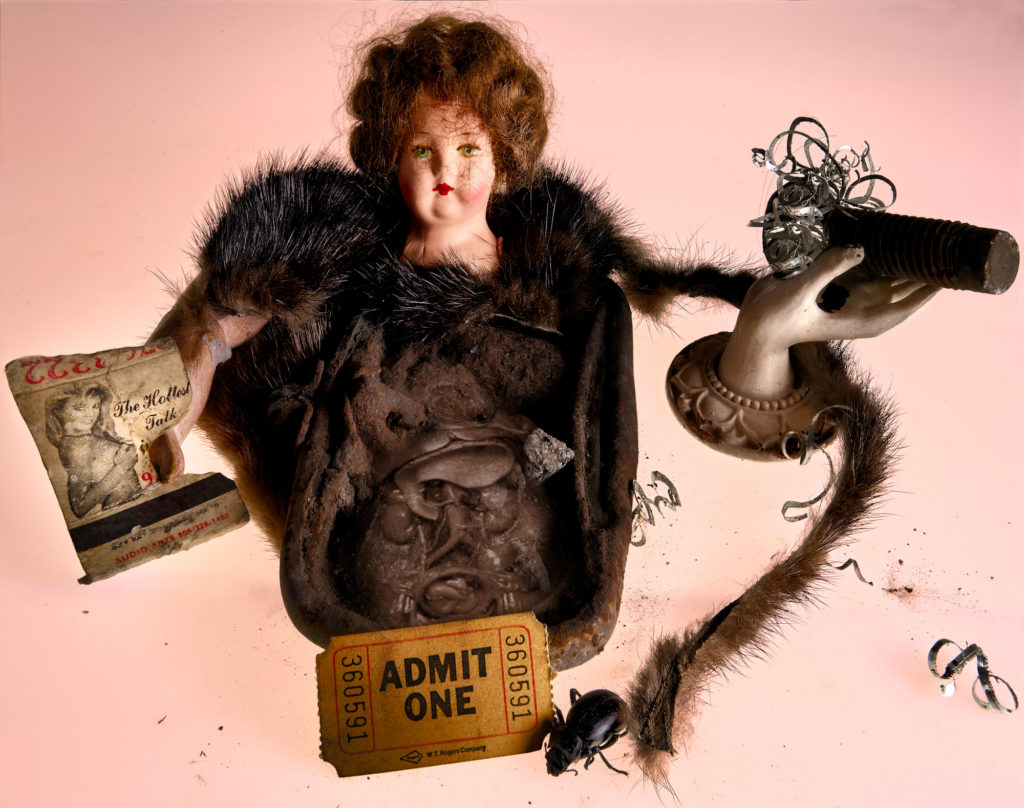
Where do you draw your inspiration from?
I live in California so inspiration is all around, the sea, the desert, the people, the streets, the Museums (I think we have 70 of them in the Greater LA), we are surrounded by cultural influences that are rich and revitalizing. As a photographer, it is a constant stream of images to the point that it can be head-spinning at times.
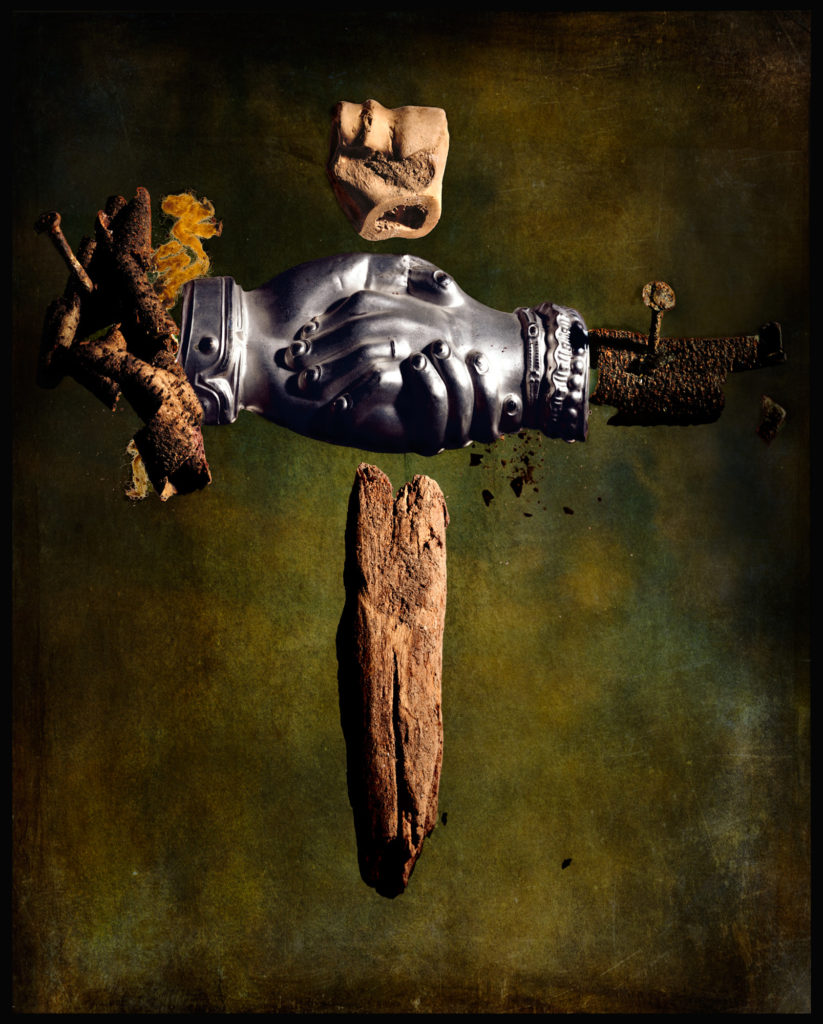
Do you have any specific influences you’d like to share?
I vividly remember the day I saw the book of Irving Penn “Moments Preserved” in 1960; it had everything I was dreaming of: still lifes, portraits, fashion, black & white, color. I was just mesmerized by the work.
From there of course I looked at Avedon’s photographs, Hiro and many others like Bill Silano and Neil Barr. I admire the discipline they put in their work, never allowing themselves a short cut in their mastery of photography.
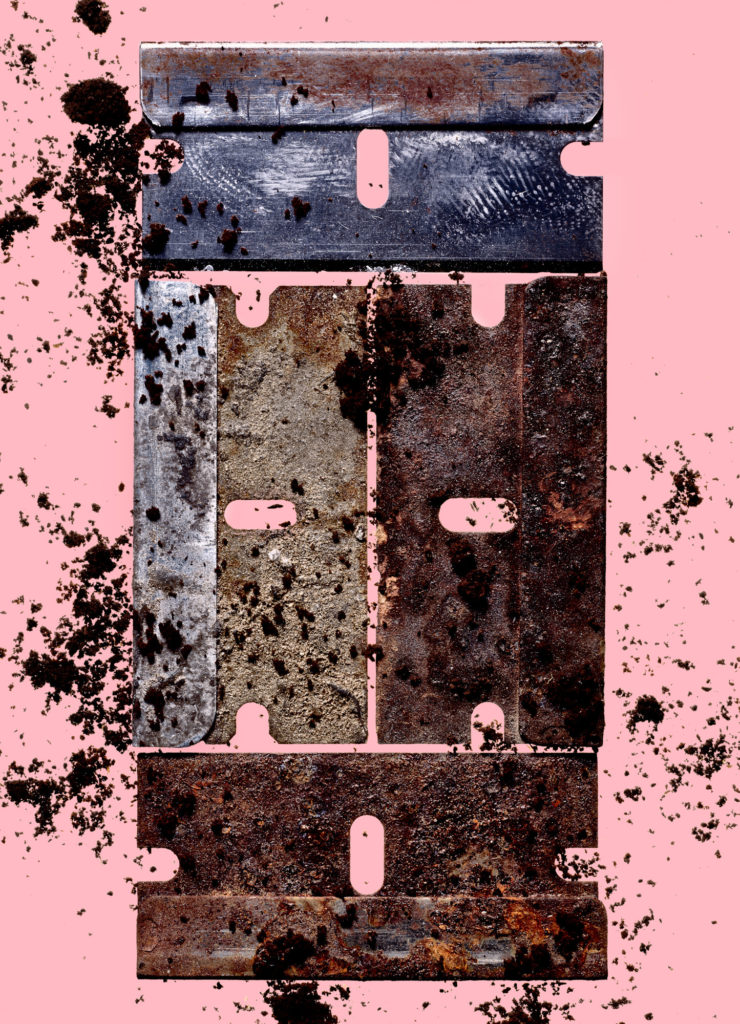
If you were behind your camera and could choose anything you wanted to be in your viewfinder, where would you be and what would you be looking at?
I would be in my studio looking at more disparate and elaborate objects and patiently reassembling them into a different concoction of emotions.
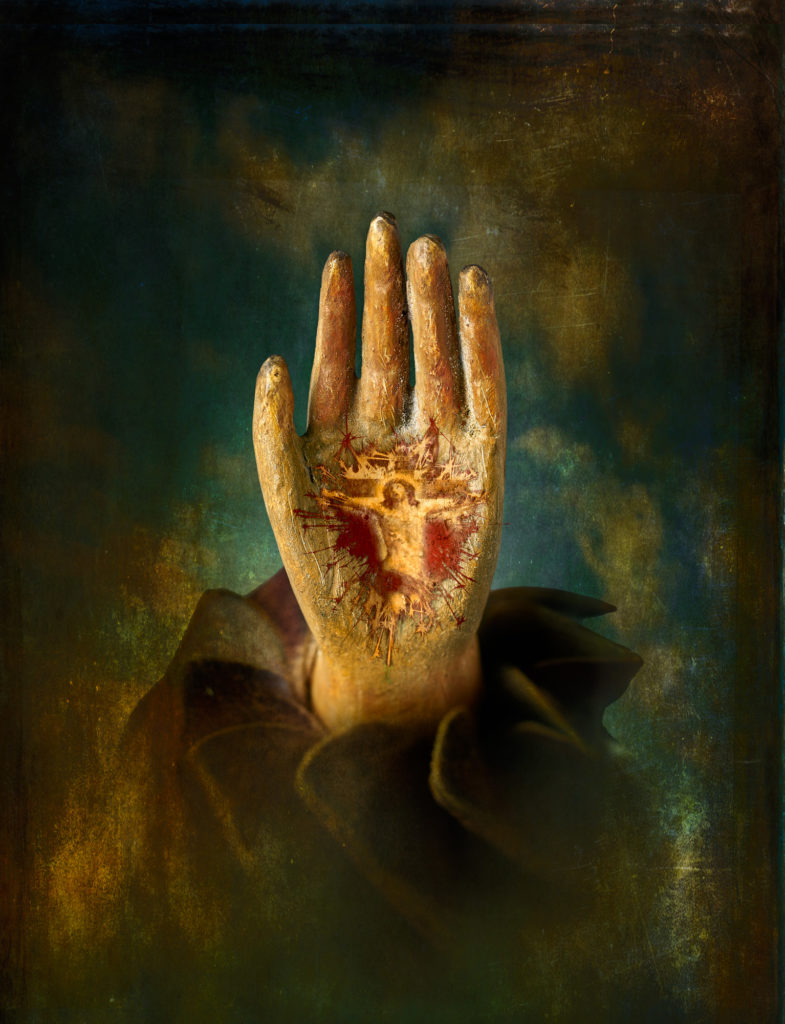
What drew you to the Actus System, and what do you like about it?
When I started my still life project I quickly became very frustrated with being stuck with a camera that only knew fixed parallel planes.
I felt like I was working with a shoebox and was longing for my Sinar P2, so I called Dave Gallagher at Capture Integration wondering if there was an affordable solution to my problem. After asking a lot of questions and without up-selling he sent me the Cambo Actus View Camera.
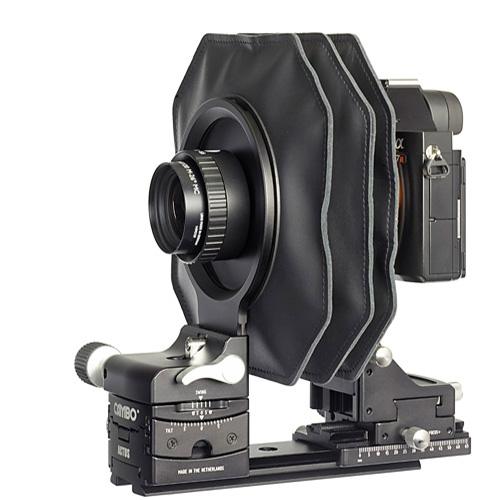
My fingers were so happy to find those knobs allowing the shifts and swings I had been used to for over thirty years of work, again able to place the plane of focus where I want it.
I also love being able to use only one lens instead of fighting with cumbersome macro rings adapters and lenses. Just one lens, my Sony A7R4 as a sensor, all of it tethered to my little Mac with Capture One and I again enjoy creating photographs.
The Cambo Actus conforms to my needs and wants, instead of the opposite so I can build more complex photographs without constant irritating limitations.
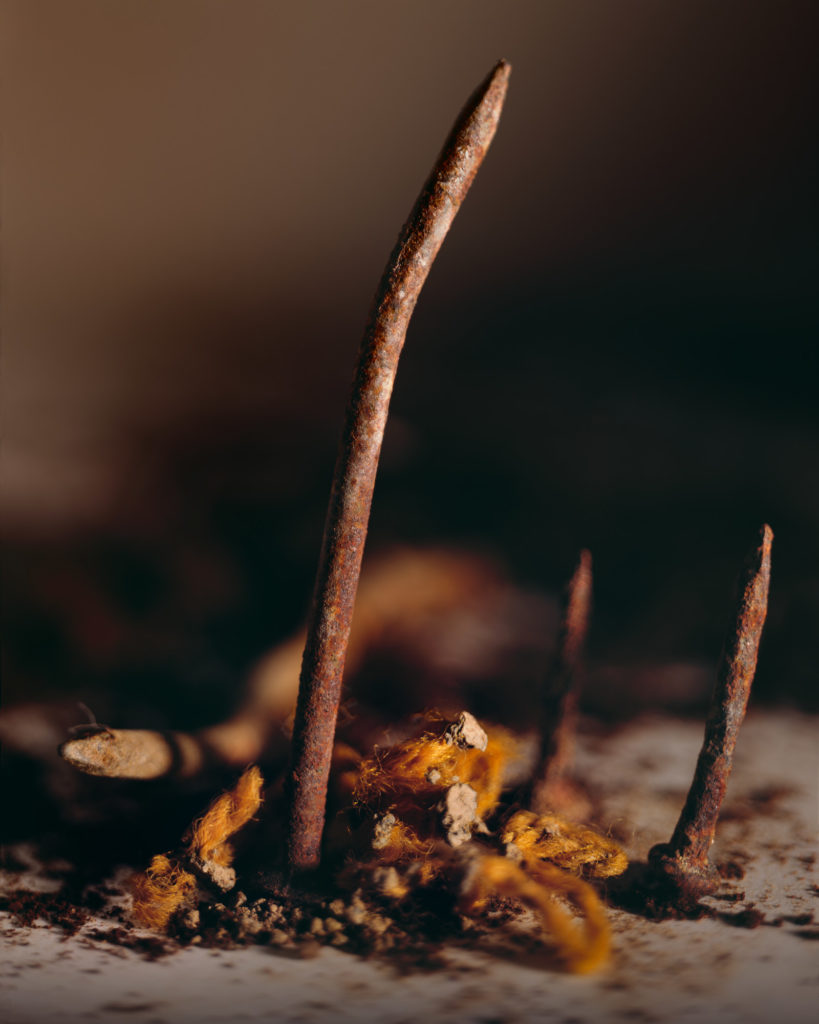
Where do you see your body of work going next?
Next will undoubtedly be the IQ4 back and more still lifes. I love sitting in front of the tabletop in my studio and freeing my imagination – I am alone, it is quiet, it feels like meditation…

The French-born photographer Benoit Malphettes, known for his large format work, followed a childhood dream and permanently moved to America in 1977, eventually becoming a US citizen. Benoit’s meticulous attention to detail and his sense of drama gained international recognition with his work published in French & American Vogue, Harper’s Bazaar, W, Glamour, Essence, NY Times and others. His bold images were used for major national advertising campaigns as his signature style and unique vision with his 8×10” camera became quickly recognized. At the same time demand for his portraits grew, and the preeminent business and political elite of the West Coast were regular visitors to his Pasadena Studio.His work from the fashion years to the more recent still-lifes and landscapes is represented in private collections and several museums. Since 2015, his work has been exhibited in two one-man shows in California museums. In 2018, his work was included in NY’s Museum of Modern Art exhibit “Is Fashion Modern” and in 2019, Benoit received the California Journalism Award for his portrait of Dr Sterling Stuckey.
You can see more of Benoit’s work at Benoit.LA, Photos used with permission of the artist.






